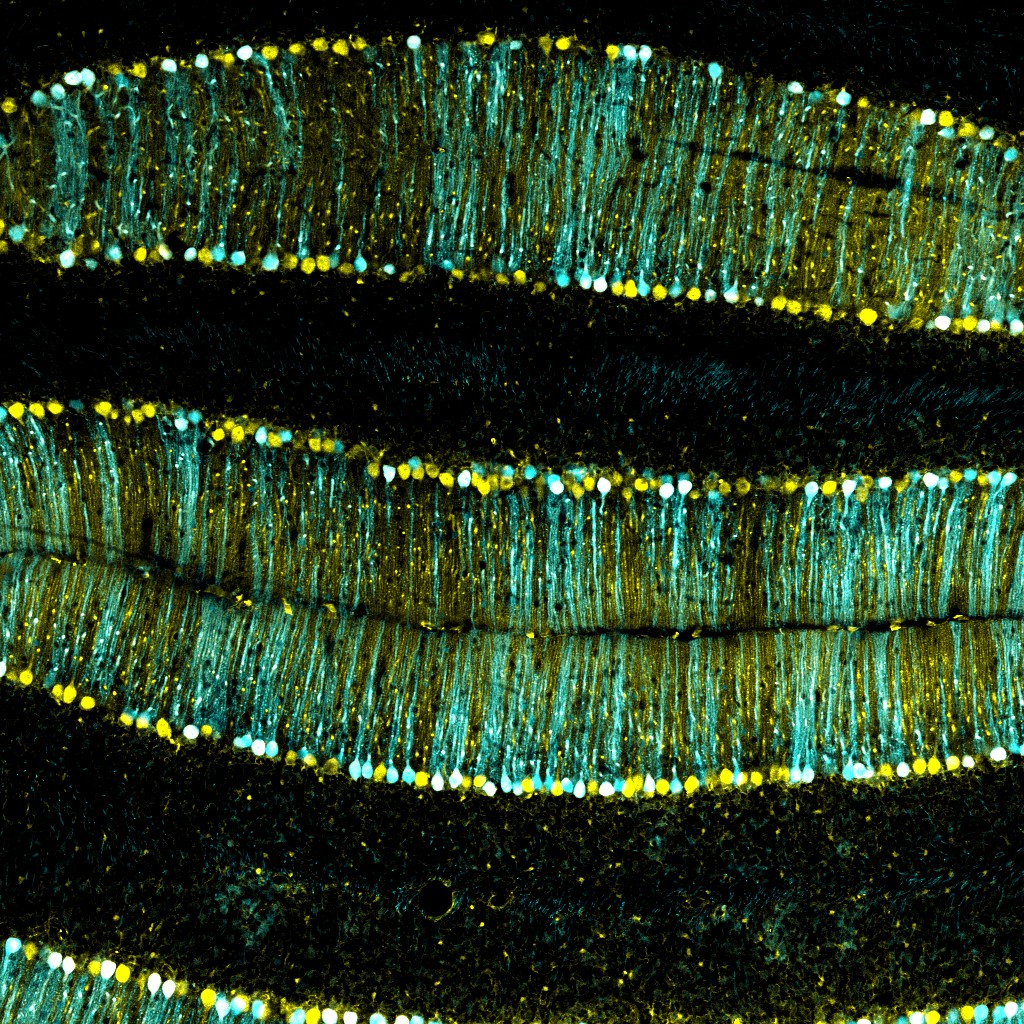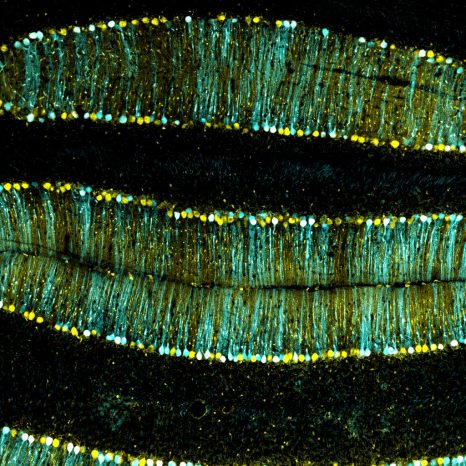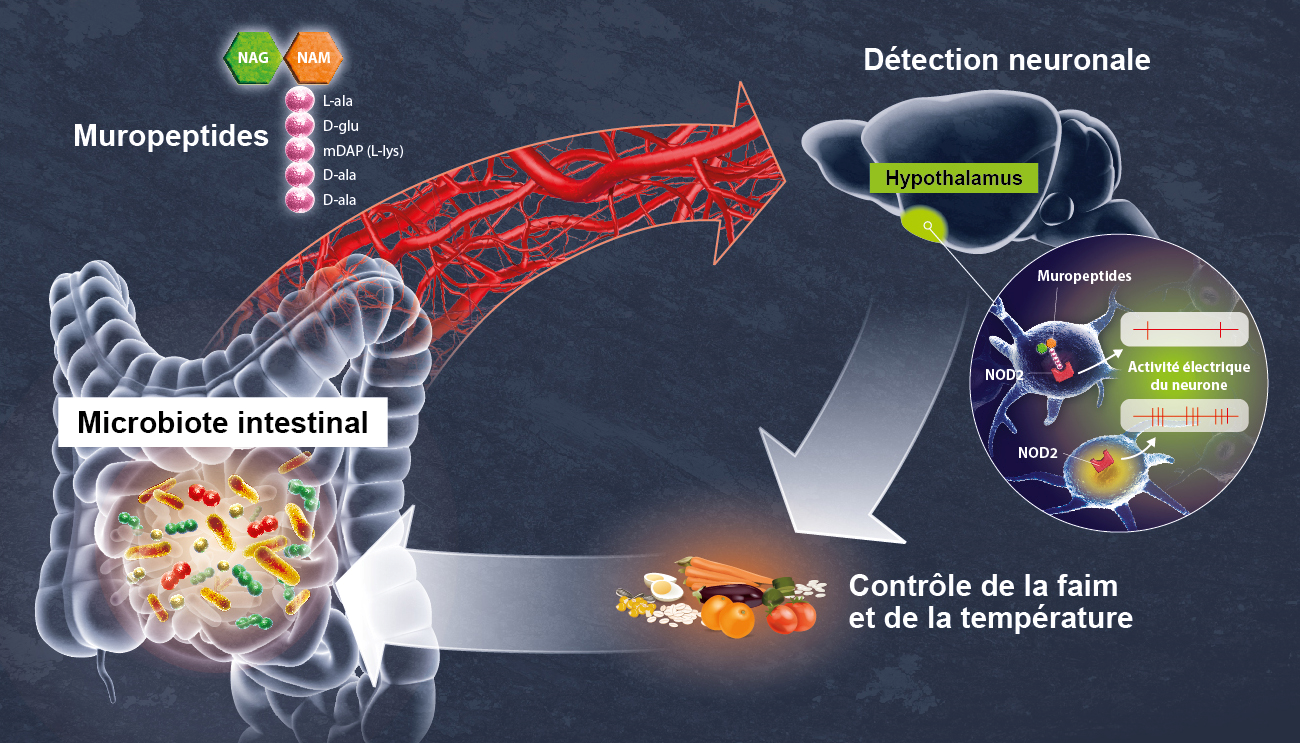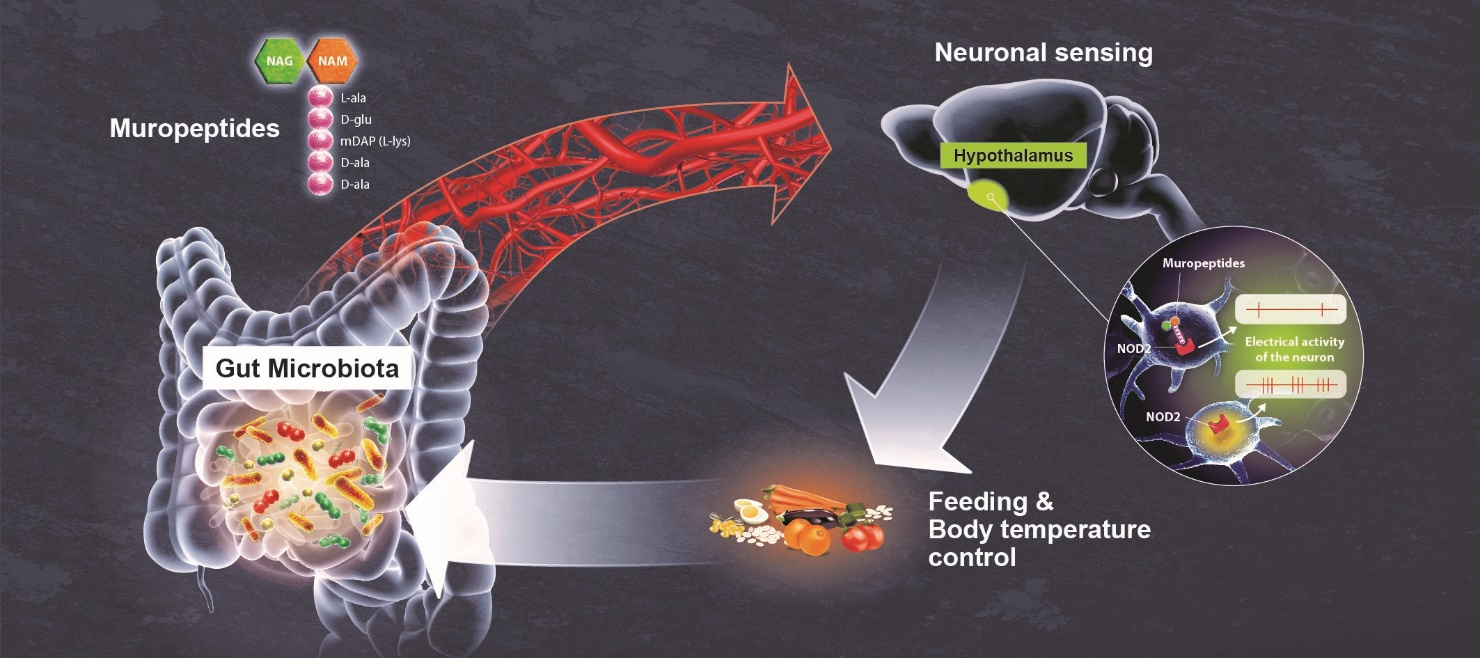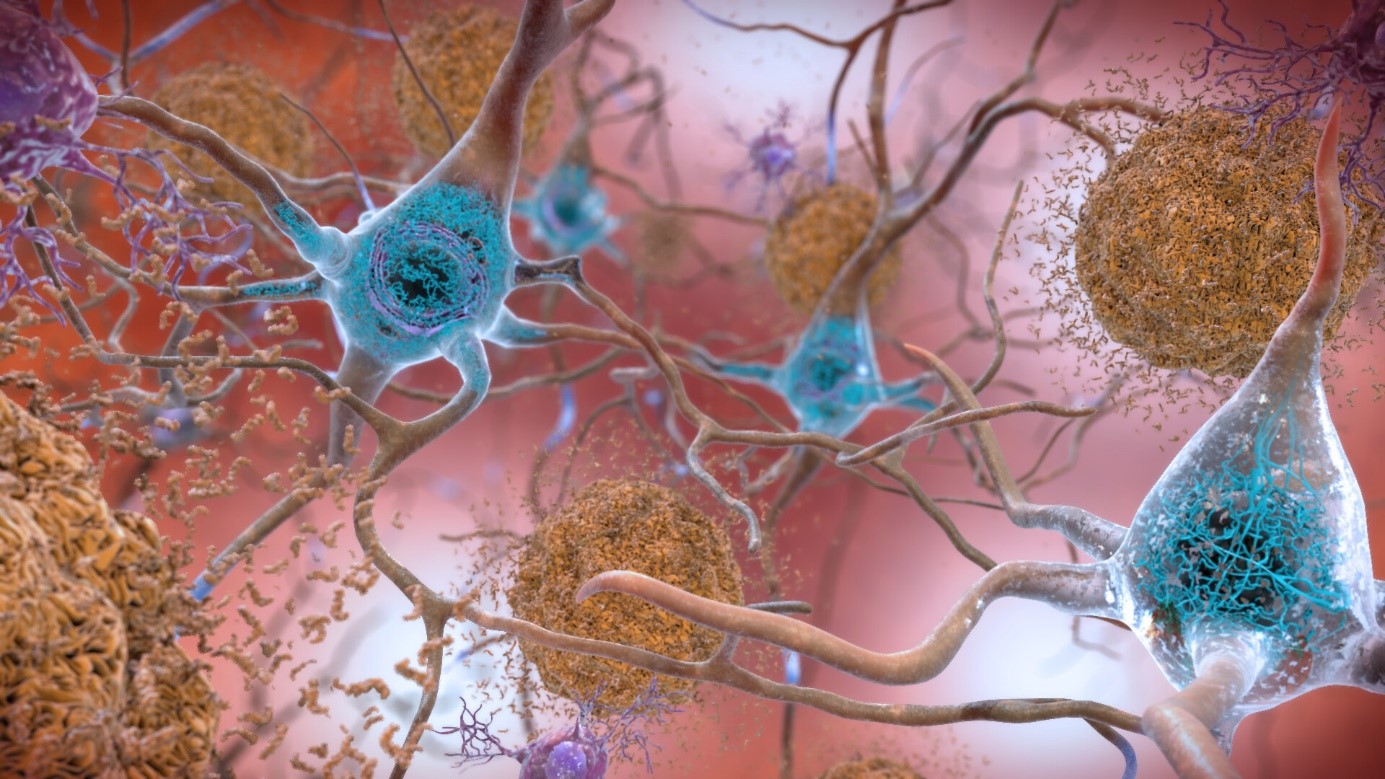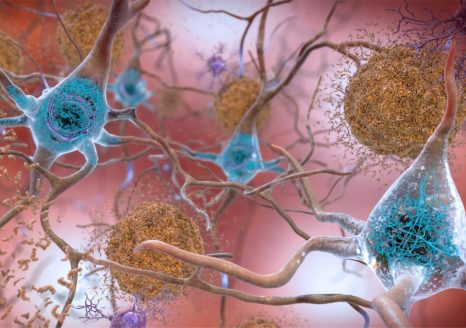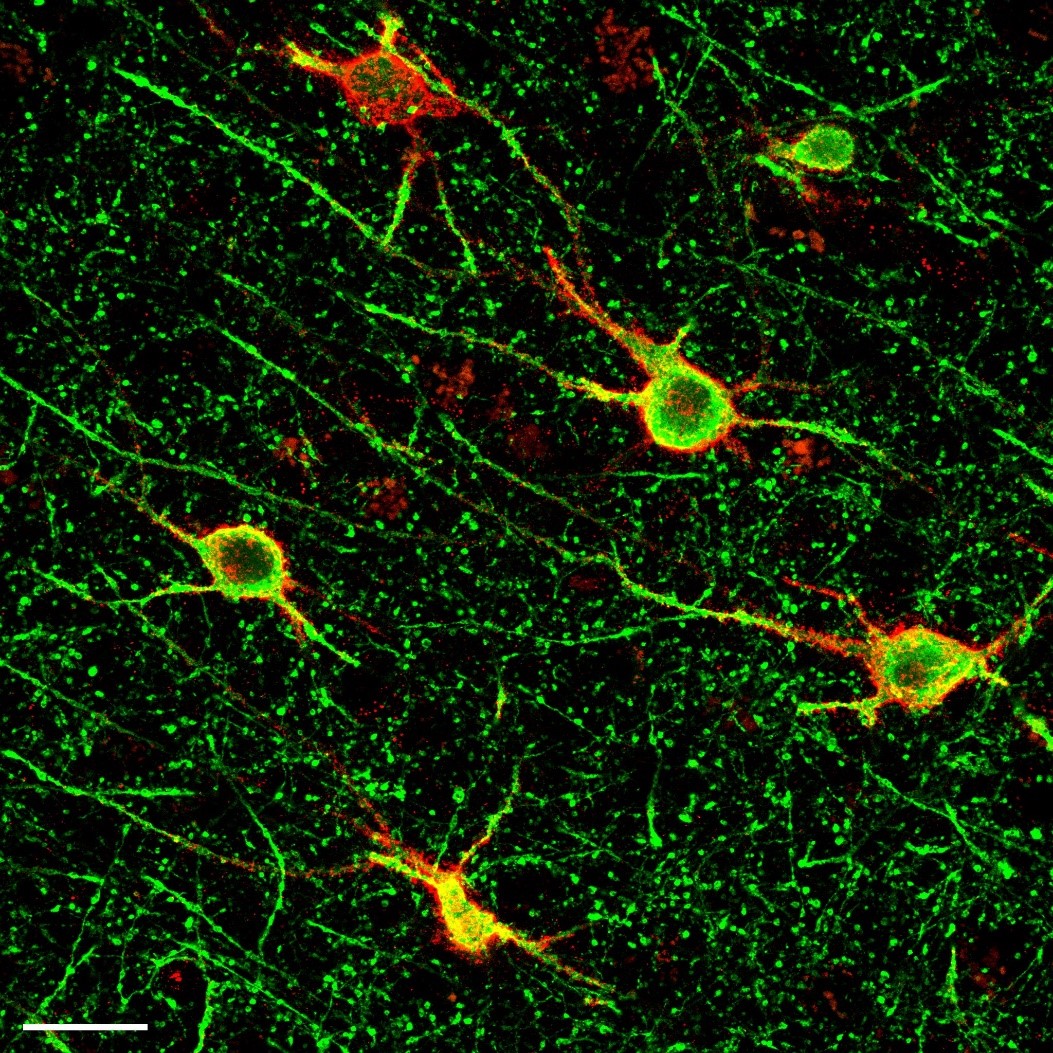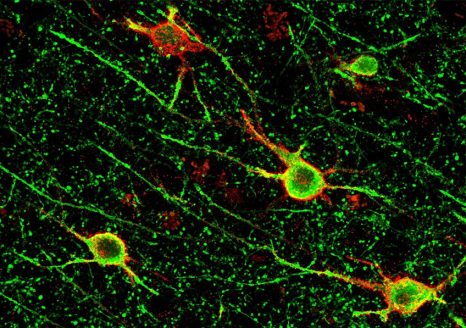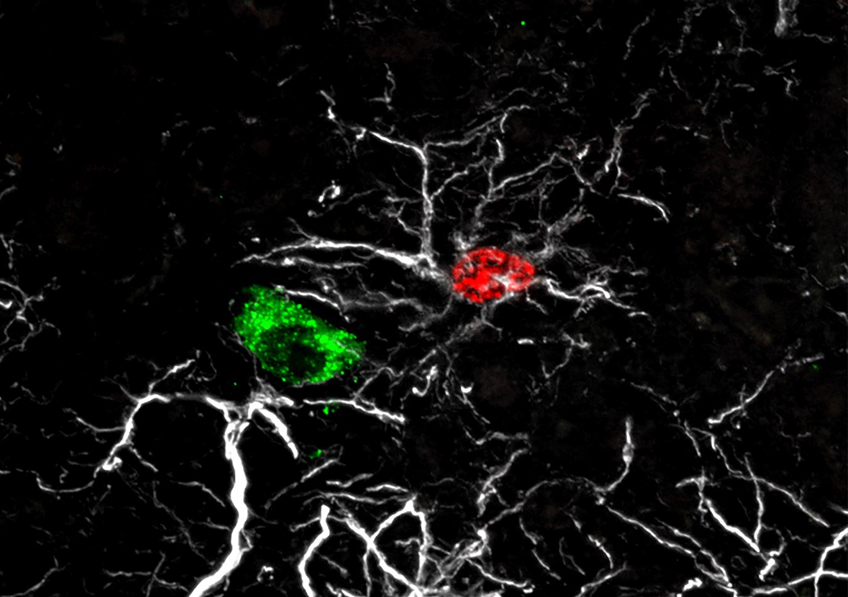
Human interactions are enabled by a set of neurocognitive mechanisms defined by the concept of “social cognition”. © Ryoji Iwata /Unsplash
Human interactions are enabled by a set of neurocognitive mechanisms defined by the concept of “social cognition”. In order to identify social cognition disorders, specialists use internationally validated evaluation tests. However, these are most often developed in western, industrialized countries, which could question the relevance of applying them to all humanity. A research team from Inserm, University Hospital Lille, and Université de Lille within the Lille Neuroscience & Cognition laboratory looked at the impact of cultural differences on the performances on two of the neurocognitive tests most used worldwide, comparing the results of around 600 healthy participants across 12 countries. Their study, to be published in Neuropsychology, highlights notable differences in performance from one country to another and calls for more consideration to be given to the social sciences when developing such tests.
The concept of “social cognition” designates the various cognitive processes (perception, memorization, reasoning, emotion…) involved in social interactions. Disorders of social cognition are encountered in many diseases, such as schizophrenia and Parkinson’s, and in neurodevelopmental disorders, such as autism. They are responsible for highly incapacitating interpersonal difficulties that strongly impact the lives of patients and those around them. Consequently, the detection, quality of evaluation, and treatment of such disorders represent a major challenge for mental health specialists.
To evaluate social cognition capacities and diagnose a potential disorder, there are tests used internationally that measure “cognitive functions” – namely the capacities that enable us to interact effectively with others.
However, these reference cognitive tests are most often developed in western, industrialized, and democratic countries and their “norms” for the most part based on profiles of well-educated, rich, white people. Insofar as such individuals constitute only 12 % of humanity, their overrepresentation in the development of neuropsychological tests calls into question the relevance of their application to other populations.
A team of scientists led by Inserm researcher Maxime Bertoux within the Lille Neuroscience & Cognition laboratory (Inserm/University Hospital Lille/Université de Lille) sought to determine whether cultural differences have a notable impact on the results of the most commonly used social cognition tests. This involved conducting a vast international study on 587 healthy participants, from 18 to 89 years of age, across 12 countries (Germany, England, Argentina, Brazil, Canada, Chili, China, Colombia, Spain, France, Italy, and Russia). Neuropsychologists subjected the participants to two types of test evaluating the capacities considered essential in social cognition.
The first, devised in the UK, evaluated the capacity to decode social rules and infer others’ mental state by asking the participants to identify, in various short scenes, whether one of the characters was committing a social faux pas (for example, mistaking a customer for a waiter in a restaurant). The second test, devised in the US, evaluated the capacity to recognize the expression of emotions by asking the participants to identify various facial expressions on photographs.
The results of the study show that a large proportion of the divergences in performance on these two tests (around one quarter for the faux pas test and over 20 % for the emotions recognition test) is attributable to the differences in nationality of the participants.
The best performances in the faux pas test were obtained by the English participants, without the literal translation from English to the other participants’ native languages having an impact on the results.
For example, 100 % of the English participants considered it a faux pas to mistake a customer for a waiter in a restaurant versus only 65 % of the Canadian participants. Furthermore, while 100 % of the English participants considered it normal to give up their seat on a bus for an elderly person, 21 % of the Chinese participants considered it a faux pas.
In the results of the emotional facial expression recognition test, the comparison between the countries reveals that some emotions were not identified in the same way by all participants. While positive expressions such as joy were interpreted unambiguously from one country to another, the interpretation of negative emotions was much more variable. For example, fear was confused with surprise by the majority of the Canadian and Brazilian participants, whereas the English and Argentinians had virtually no difficulty differentiating them.
“This study shows that individual and cultural factors have a strong impact on social cognition measures, declares Bertoux. Beyond the effect of age, gender, and education, there is an influence of local concepts, norms and habits on the categorization of emotions, inferring others’ intentions and understanding their behavior.“ As such, the use of tests devised by rich, white US or UK scientists, would favor the performance of the participants from the same country, culture, and social level.
“Of course, this does not mean that the inhabitants of one country are superior or inferior to those of another, adds the researcher. Our study shows that a test devised in a specific context favors those who are familiar with that context. For example, identifying a faux pas requires detecting that an implicit social rule has been broken – but social rules fluctuate from one country to another.”
These findings therefore question the international applicability of a neuropsychological test devised and validated in one country, particularly when it comes to evaluating and diagnosing cognitive disorders.
For its future studies, the research team would like to enrich its data by including more participants and countries – particularly regions of the world not represented in this research, such as Africa and the Middle East –, but also by exploring the neurocognitive and cultural variations within vast countries such as China and Canada. “The neurosciences need to interact more with the social sciences in exploring and considering cultural diversity in order to build a more rigorous, relevant, and inclusive neuropsychology,” concludes Bertoux.



